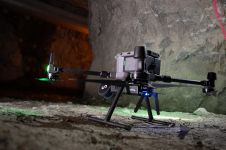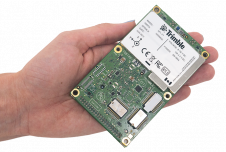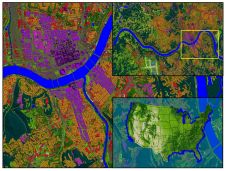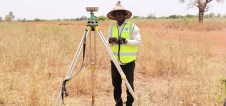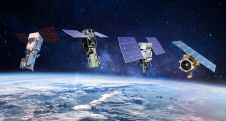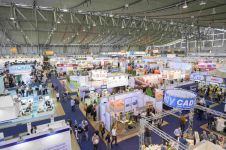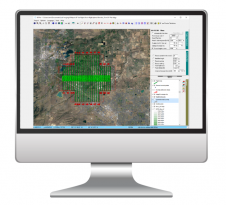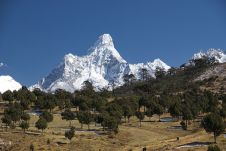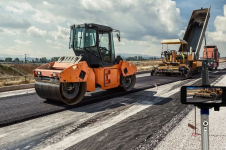Holography Lidar System Enables Scanning Through Foliage
This article was originally published inGeomatics World.
The US Naval Research Laboratory in Washington, DC has developed a technology that enables lidar to scan through obscurants such as foliage thanks to a holographic system built to exploit a process called optical phase conjugation.
The system works by emitting a pulsed laser with pulse widths of several nanoseconds. The returning pulses are received by a gated sensor that selectively blocks the earliest-to-arrive light reflecting off foliage, and allows the reflected light that comes later from the obscured ground surfaces.
“By exploiting the interference between two laser beams on the sensor, we send one laser beam out to the target and then it returns and hits the detector. At the same time, we interfere with it locally with another laser beam. We need complete coherence between those beams such that they interfere with one another, so we had to have a specially designed laser system to ensure that we would get that coherence when they interfere on the camera.” explained Abby Watnik, one of the authors ofthe paper announcing this breakthrough.
Paul Lebow, who works at the lab, said the team can adjust the coherence on the sensor to “respond to the light coming from where we want it to come from, from the target. The laser is designed so that the time difference between the local reference pulse and the signal pulse that comes back from the target is completely adjustable to accommodate distances from a few feet to several kilometres.”
The research team has proved the concept using a perforated index card that simulated foliage. Using their new system, they were able to capture what would have been hidden by the index card, as well as the index card itself.
The team will continue to develop the project and hopes to secure funding for a prototype lidar sensor that would be suitable for use in the field.
Make your inbox more interesting.Add some geo.
Keep abreast of news, developments and technological advancement in the geomatics industry.
Sign up for free


